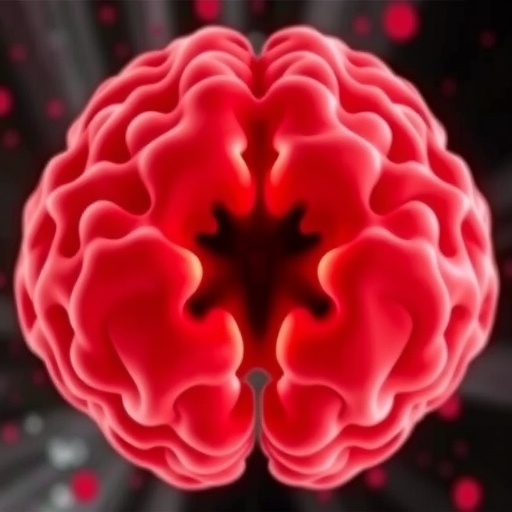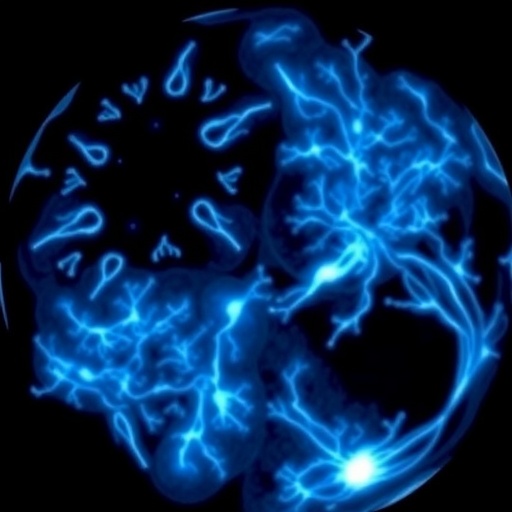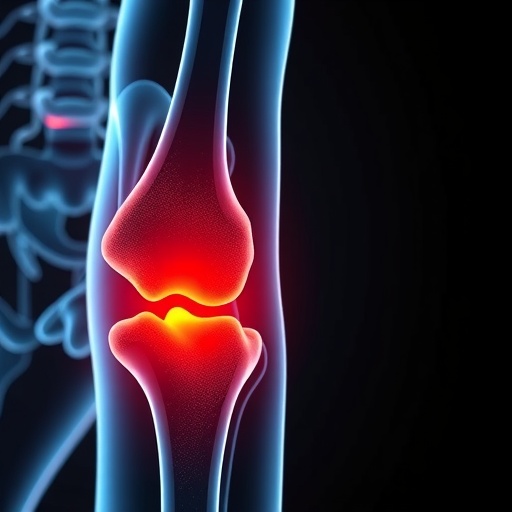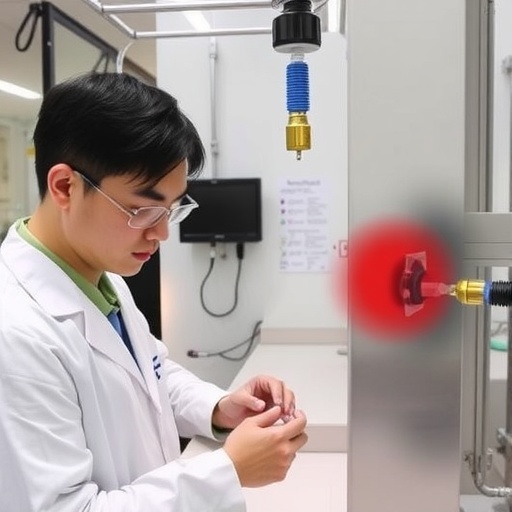PROTECT YOUR DNA WITH QUANTUM TECHNOLOGY
Orgo-Life the new way to the future Advertising by AdpathwayFetal cardiac masses are a crucial topic in pediatric radiology, drawing attention from both healthcare professionals and researchers alike. The newly published study by Rathore et al. explores the characteristics, implications, and management strategies for these masses, which can pose significant risks during fetal development. Understanding fetal cardiac masses has become imperative in recent years due to advancements in prenatal imaging and diagnostic techniques.
In the realm of fetal medicine, cardiac masses are defined as abnormal growths within the structure of the fetal heart. These masses can be detected through advanced imaging modalities, particularly through fetal echocardiography, which provides a detailed assessment of cardiac anatomy and function. As prenatal imaging technology continues to improve, the ability to detect these masses earlier in gestation has increased. This early detection allows healthcare providers to monitor the progress and evolution of the masses closely, which is critical for determining appropriate management strategies.
Fetal cardiac masses can be classified into several types, including rhabdomyomas, teratomas, and fibromas. Rhabdomyomas are the most common type, often associated with tuberous sclerosis, a genetic disorder. Teratomas are less frequent but can present significant complications depending on their size and location. Fibromas, on the other hand, are rare and often indicate a more serious underlying condition. The variability in types underscores the necessity for thorough evaluation and tailored management to optimize outcomes for both the fetus and the mother.
The researchers emphasize the importance of differential diagnosis when dealing with these masses. Distinguishing between benign and malignant entities is critical in planning effective treatment options. Imaging characteristics observed during echocardiography, such as size, location, and multiplicity of the masses, are significant markers that can influence the clinical approach. Certain features may indicate a higher risk for complications, necessitating closer surveillance or intervention. This detailed analysis allows for a more nuanced understanding of fetal well-being and the potential need for postnatal intervention.
In addition to imaging characteristics, this research highlights the role of genetic counseling in managing pregnancies complicated by fetal cardiac masses. Understanding the hereditary nature of certain masses can help inform parents about the implications for their child’s future health. When a specific genetic syndrome is suspected, further testing and surveillance may be warranted, allowing for more informed decision-making throughout the pregnancy. This intersection of genetics and prenatal imaging underscores the collaborative nature of contemporary fetal care, which integrates various disciplines to provide comprehensive support for families.
One of the most significant challenges in managing fetal cardiac masses involves the decision-making process regarding delivery. The study sheds light on factors that influence timing and mode of delivery, taking into account the potential risks associated with the obstetric and neonatal outcomes. In some cases, if a mass is known to cause significant hemodynamic compromise, early delivery may be considered to initiate prompt treatment. However, weighing the risks of preterm delivery against the benefits requires close collaboration among obstetricians, pediatric cardiologists, and neonatologists.
Postnatal evaluation and intervention for infants born with cardiac masses is another critical component of care highlighted in the study. Following delivery, a multidisciplinary approach is often necessary to assess the functional impact of the masses on the newborn’s health. Cardiology consultations are essential for ongoing management, as some masses may resolve spontaneously, while others require immediate surgical intervention. The timing of such interventions is crucial, as it can significantly affect the child’s developmental trajectory and overall prognosis.
As the study unfolds, the authors contribute valuable insights into the long-term outcomes for children with fetal cardiac masses. These outcomes can vary widely based on the type of mass, the presence of associated anomalies, and the timing of any interventions initiated. Long-term follow-up studies have indicated that while many infants with benign masses may thrive without significant impairment, others with more complex conditions may experience ongoing health challenges requiring continuous medical attention.
Emphasis is also placed on the emotional and psychological aspects of managing prenatal diagnoses of cardiac masses. Expecting parents often face immense stress and uncertainty when confronted with such findings. The researchers advocate for supportive counseling and information to aid families as they navigate their options and prepare for potential outcomes. Ensuring that families have access to resources and emotional support is an essential component of comprehensive prenatal care.
This study’s findings extend beyond clinical implications to address areas of future research and advancements in the field. There is a growing recognition of the necessity for innovative approaches to improve the detection and management of fetal cardiac masses. Ongoing research into genetic markers, improved imaging technologies, and early intervention strategies holds promise for enhancing care and outcomes for affected families.
In conclusion, the comprehensive exploration of fetal cardiac masses by Rathore et al. serves as a beacon for future studies and clinical implementations in pediatric radiology. The integration of advanced imaging techniques, genetic counseling, and multidisciplinary collaboration has paved the way for a more informed approach to managing these complex conditions. With continuous research and dedication from healthcare professionals, the aim is to ensure healthier futures for infants diagnosed with cardiac masses, underscoring the importance of early detection and thoughtful intervention.
As the horizon of prenatal care expands, the collaboration between researchers, clinicians, and families will be integral to navigating the complexities of fetal cardiac masses. The focus on individualized care strategies will undoubtedly optimize outcomes, highlighting the need to remain at the forefront of scientific advancements in this critical area of pediatric health.
Subject of Research: Fetal cardiac masses
Article Title: Fetal cardiac masses
Article References:
Rathore, B., Adamson, M.E., Berklite, L.E. et al. Fetal cardiac masses.
Pediatr Radiol (2025). https://doi.org/10.1007/s00247-025-06431-y
Image Credits: AI Generated
DOI: https://doi.org/10.1007/s00247-025-06431-y
Keywords: prenatal imaging, fetal echocardiography, cardiac masses, pediatric radiology, genetic counseling, multidisciplinary approach, neonatal outcomes.
Tags: early detection of heart massesfetal cardiac massesfetal echocardiography importancefibromas in prenatal diagnosisimplications of fetal cardiac abnormalitiesmanagement strategies for cardiac massesmonitoring fetal heart growthpediatric radiology advancementsprenatal imaging techniquesrhabdomyomas in fetal medicineteratomas and fetal riskstypes of fetal cardiac tumors


 5 hours ago
4
5 hours ago
4





















 English (US) ·
English (US) ·  French (CA) ·
French (CA) ·